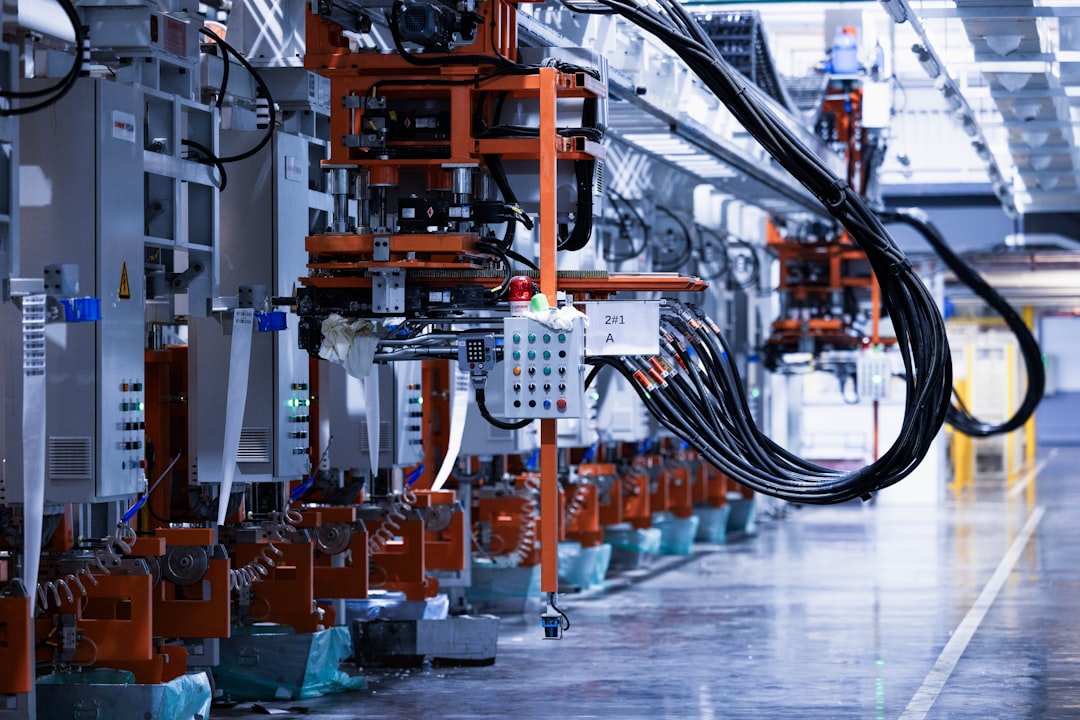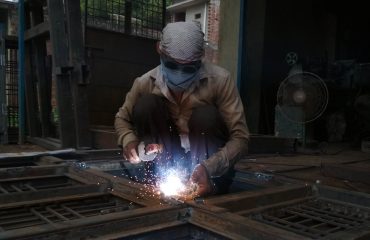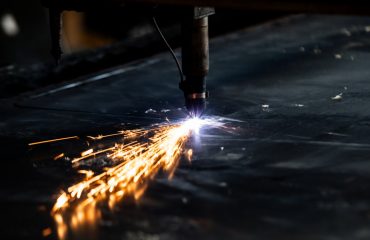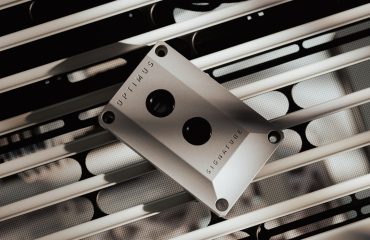body { font-family: sans-serif; line-height: 1.6; }
h1, h2, h3 { color: #333; }
h1 { font-size: 2.5em; }
h2 { font-size: 2em; }
h3 { font-size: 1.5em; }
Navigating the complex world of manufacturing standards can be daunting. European Norms (EN) standards, in particular, represent a crucial benchmark for quality, safety, and reliability. This comprehensive guide will delve into the intricacies of manufacturing to meet EN standards, offering a clear path to compliance and enhanced competitiveness.
Understanding the Importance of EN Standards in Manufacturing
EN standards are developed by European standardization organizations and adopted across many European countries. Compliance is often mandatory for certain products and industries, ensuring a consistent level of quality and safety for consumers. Meeting these standards isn’t merely about avoiding penalties; it’s about building trust, enhancing brand reputation, and accessing wider markets. Products conforming to EN standards demonstrate a commitment to excellence, attracting customers who value safety and reliability. Furthermore, complying with EN standards can streamline processes, reduce risks, and improve overall operational efficiency. This proactive approach to quality management minimizes costly recalls, legal battles, and reputational damage.
Identifying Relevant EN Standards for Your Products
The first step towards compliance is identifying the specific EN standards applicable to your products. This requires a thorough understanding of your manufacturing process and the characteristics of your final goods. The scope of EN standards is vast, covering everything from materials and manufacturing processes to finished product performance and safety. Resources like the European Committee for Standardization (CEN) website provide access to a comprehensive database of EN standards. Understanding the specific clauses and requirements within the relevant standards is crucial for effective implementation. Engaging with industry experts or consultants can provide valuable guidance in navigating this complex landscape and ensuring you select the appropriate standards for your specific needs.
Implementing EN Standards Throughout Your Manufacturing Process
Implementing EN standards isn’t a one-off task; it’s an ongoing process that requires integration throughout your entire manufacturing workflow. This involves establishing robust quality management systems (QMS), implementing rigorous testing procedures, and maintaining meticulous documentation. Key aspects include:
- Material Selection: Sourcing materials that meet the specified requirements outlined in relevant EN standards.
- Process Control: Implementing and monitoring processes to ensure consistency and adherence to standards at each stage of production.
- Quality Control: Regularly testing products at various stages to verify compliance with specified parameters.
- Documentation: Maintaining comprehensive records of materials, processes, test results, and any deviations from the standards.
- Employee Training: Ensuring your workforce is adequately trained on the relevant EN standards and procedures.
Achieving and Maintaining EN Certification
While compliance with EN standards is often mandatory, certification provides independent verification of your adherence. Certification involves a rigorous audit by a notified body, an organization accredited to assess conformity to EN standards. The audit process typically includes a review of your QMS, examination of your manufacturing processes, and testing of your products. Achieving certification demonstrates a commitment to quality and provides a competitive advantage in the marketplace. Maintaining certification requires ongoing monitoring and regular audits to ensure continued compliance. This continuous improvement cycle helps organizations enhance their processes and maintain the highest standards of quality and safety.
The Benefits of EN Standard Compliance: Beyond Compliance
The benefits of meeting EN standards extend far beyond simply avoiding penalties. Compliance translates to significant advantages:
- Enhanced Brand Reputation: Demonstrating a commitment to quality builds customer trust and loyalty.
- Increased Market Access: Compliance often opens doors to new markets, particularly within the European Union.
- Reduced Risks: Proactive compliance minimizes the risk of product recalls, legal action, and reputational damage.
- Improved Efficiency: Implementing standardized processes can streamline operations and improve overall efficiency.
- Competitive Advantage: Certification provides a clear differentiator in a competitive marketplace.
By prioritizing EN standard compliance, manufacturers can create a stronger, more resilient, and ultimately more successful business.
Meeting EN standards requires a dedicated approach, but the rewards are substantial. By understanding the importance of compliance, identifying relevant standards, implementing robust systems, and pursuing certification, manufacturers can position themselves for success in a global marketplace that increasingly values quality, safety, and reliability.
Tags: EN Standards, Manufacturing Standards, European Norms, Quality Management, Certification, Compliance




